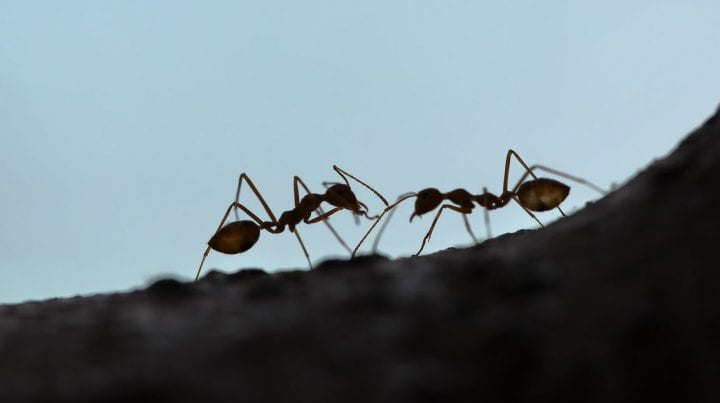Sampling technique from University of Bristol tracks all sampled components to avoid repetition.
Benefits
- Increased efficiency
- Decreased redundancy
Applications
- Mathematical modeling
- Biology
- Natural disasters
- Economics
UN Sustainable Development Goals Addressed
-

Goal 8: Decent Work and Economic Growth
-

Goal 11: Sustainable Cities & Communities
The Challenge
Sampling methods used in many probability-based algorithms do not track previously sampled components. This methodology leads to inefficiency because the program cannot remember what it has already done and could end up repeating the process.
Innovation Details
Rock ants leave chemical trails as they explore new spaces. These trails tell other ants where not to go, to avoid exploring the same area twice. Researchers mimicked this method by creating an algorithm that made ‘negative trails’ of what data it had already sampled, which decreased redundant data gathering and increased efficiency.
Biological Model
Rock ant colonies find nests by exploring nearby areas, and leave behind chemical trails as they explore new spaces. These trails tell other ants where not to go, to avoid exploring the same area twice. This allows ants to collectively explore more space as a group. This is different from food foraging, in which ants leave chemical trails so other ants can follow them to new sources of food.





